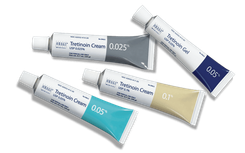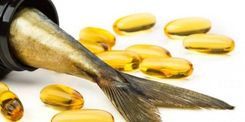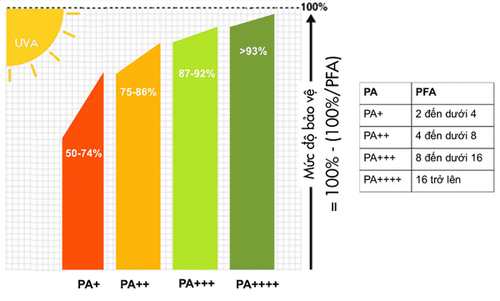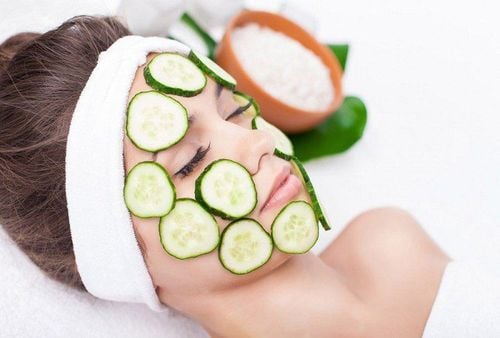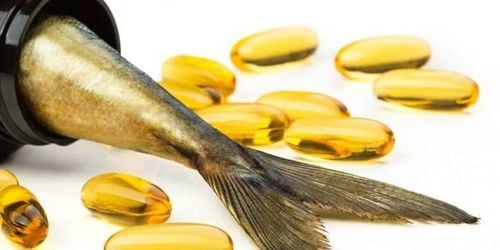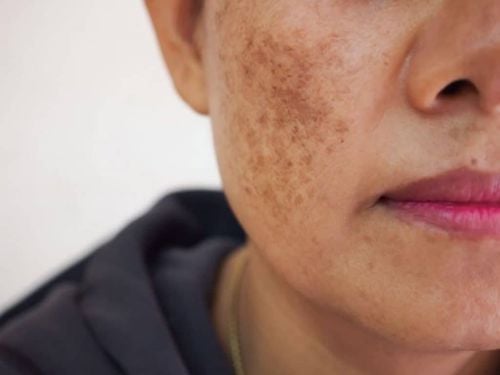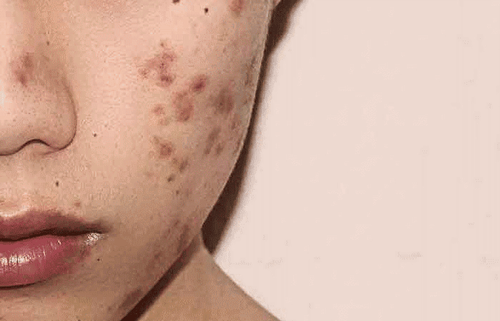Skin bleaching products have the effect of lightening the skin. It comes in many forms such as bleaching creams, soaps, pills, chemical peels and laser therapy... Skin bleaching has not been proven safe and there is ample evidence that it can. lead to serious side effects and complications.
1. How skin whitening products work
Skin whitening products lighten the skin by reducing the amount of melanin, a pigment produced by cells called melanocytes.
The amount of melanin in the skin is mostly determined by genetics. People with darker skin have more melanin than those with lighter skin. Hormones, sunlight, and certain chemicals can also affect melanin production. When applied to the skin, products like hydroquinone reduce the number of melanocytes, thereby lightening the skin and evening out skin tone.
2. Side effects of skin whitening
Many countries have banned skin whitening products because of their severe side effects. In 2006, the FDA announced that over-the-counter (OTC) skin whitening products are not generally recognized as safe and effective.
Some notable side effects of skin whitening products include:
2.1. Mercury poisoning
Mercury is a highly toxic chemical banned in skin-lightening products in the United States. However, many skin-lightening products containing mercury are still available on the market.
Signs and symptoms of mercury poisoning include:
- Numbness
- High blood pressure
- Fatigue
- Sensitivity to light
- Neurological symptoms like tremors, memory loss, and irritability
- Kidney damage
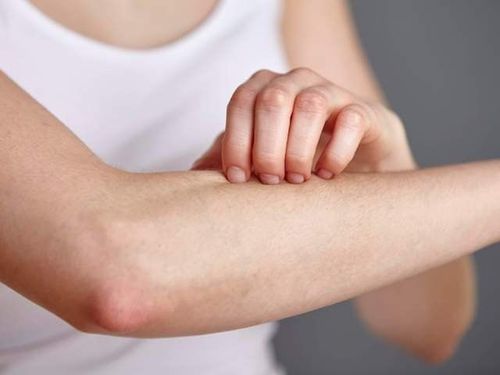
2.2. Dermatitis
Research has linked skin whitening products to dermatitis, an inflammatory condition caused by exposure to certain chemicals. Symptoms of dermatitis range from mild to severe and include:
- Redness
- Blistering
- Skin ulcers
- Rash
- Dry, scaly skin
- Swelling
- Itching
- Increased skin sensitivity and burning
2.3. Exogenous ochronosis
Exogenous ochronosis (EO) is a skin disorder that causes blue-black pigmentation on the face. It commonly occurs as a complication of long-term use of skin whitening creams containing hydroquinone. Using these products on large body areas or the entire body increases the risk of EO.
2.4. Steroid acne
Skin whitening creams containing corticosteroids can lead to steroid acne. This type of acne typically appears on the chest but can also occur on the back, arms, and other parts of the body after prolonged corticosteroid use.
Symptoms of steroid acne include:
- Whiteheads and blackheads
- Small red pimples
- Large pustules
- Acne scars
2.5. Nephrotic syndrome
Nephrotic syndrome is a kidney disorder often caused by damage to the blood vessels in the kidneys that filter waste and excess water from the body. It results in excessive protein excretion in the urine.
Skin whitening creams containing mercury have been associated with nephrotic syndrome, which may cause:
- Swelling (edema) around the eyes
- Swelling in the feet and ankles
- Foamy urine
- Loss of appetite
- Fatigue
3. Benefits of skin whitening
Skin whitening does not provide a specific health benefit but may have cosmetic effects when used to treat certain skin conditions.
3.1. Reducing dark spots
Skin whitening treatments can reduce dark spots caused by sun damage, aging, and hormonal changes. Therefore, they may be used for conditions such as:
- Age spots
- Melasma
- Freckles
- Hyperpigmentation caused by eczema or psoriasis
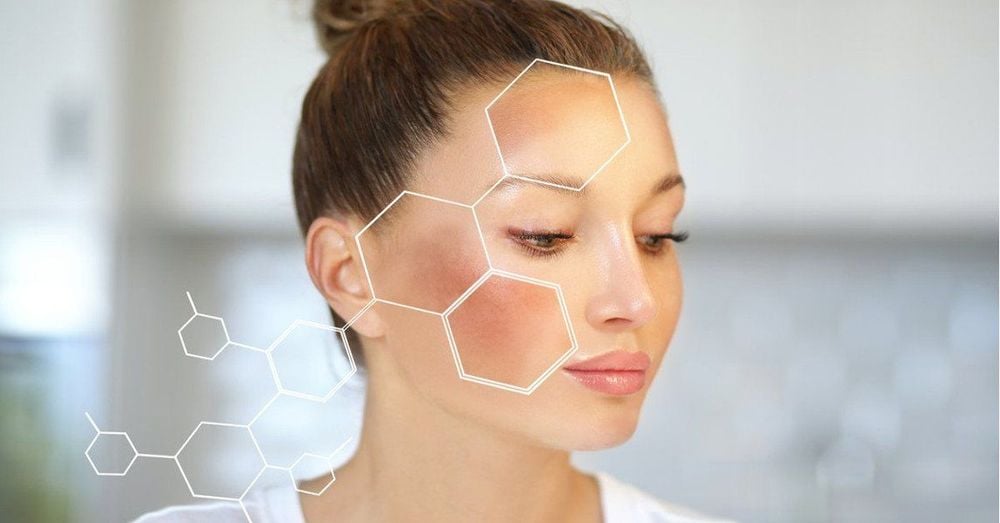
3.2. Reducing the appearance of acne scars
Some skin whitening treatments may help fade acne scars. They will not reduce inflammation and redness caused by active acne but can minimize dark or red areas that persist after acne heals.
3.3. Evening out skin tone
Skin lightening products can help even out skin tone by reducing areas of hyperpigmentation caused by sun damage. They may also minimize the appearance of freckles.
4. How to use skin whitening products
The usage of skin whitening products varies. In general, they are applied to darkened areas once or twice a day.
When using a skin-lightening cream, follow the instructions provided by your doctor or on the packaging, which may include:
- Applying the product sparingly with clean hands or a cotton pad
- Avoiding contact with surrounding skin, eyes, nose, and mouth
- Washing hands thoroughly after use
- Avoiding contact with treated areas and others' skin
- Applying sunscreen to prevent UV damage
Many skin-lightening products available on the market are used once daily, although there is no evidence supporting their effectiveness.
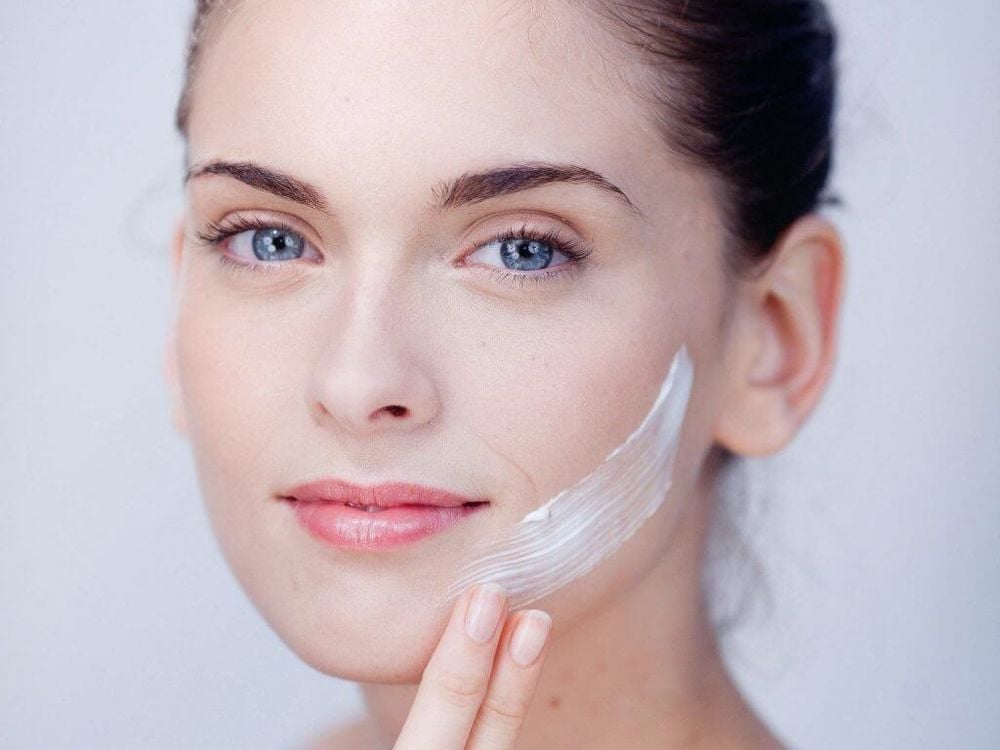
5. Precautions
The FDA does not consider OTC skin lightening products to be safe or effective. Products marketed as natural skin whitening agents are also not regulated by the FDA.
Most skin whitening products are not recommended for darker skin tones as they may cause hyperpigmentation. These treatments are also not advised for children, pregnant women, or breastfeeding individuals.
6. How to make natural skin whitening products
Lemon juice and hydrogen peroxide are considered home remedies for reducing skin pigmentation, but they may cause side effects like skin and eye irritation in some individuals.
As with other skin whitening methods, these home remedies are encouraged for treating dark spots rather than lightening natural skin color.
Other commonly used natural remedies for skin lightening include:
- Apple cider vinegar
- Green tea extract
- Aloe vera
Skin whitening products can lighten the skin but are not deemed safe due to their numerous side effects. Therefore, consumers should carefully research product origin and ingredients before use.
Please dial HOTLINE for more information or register for an appointment HERE. Download MyVinmec app to make appointments faster and to manage your bookings easily.
References: healthline.com, byrdie.com
